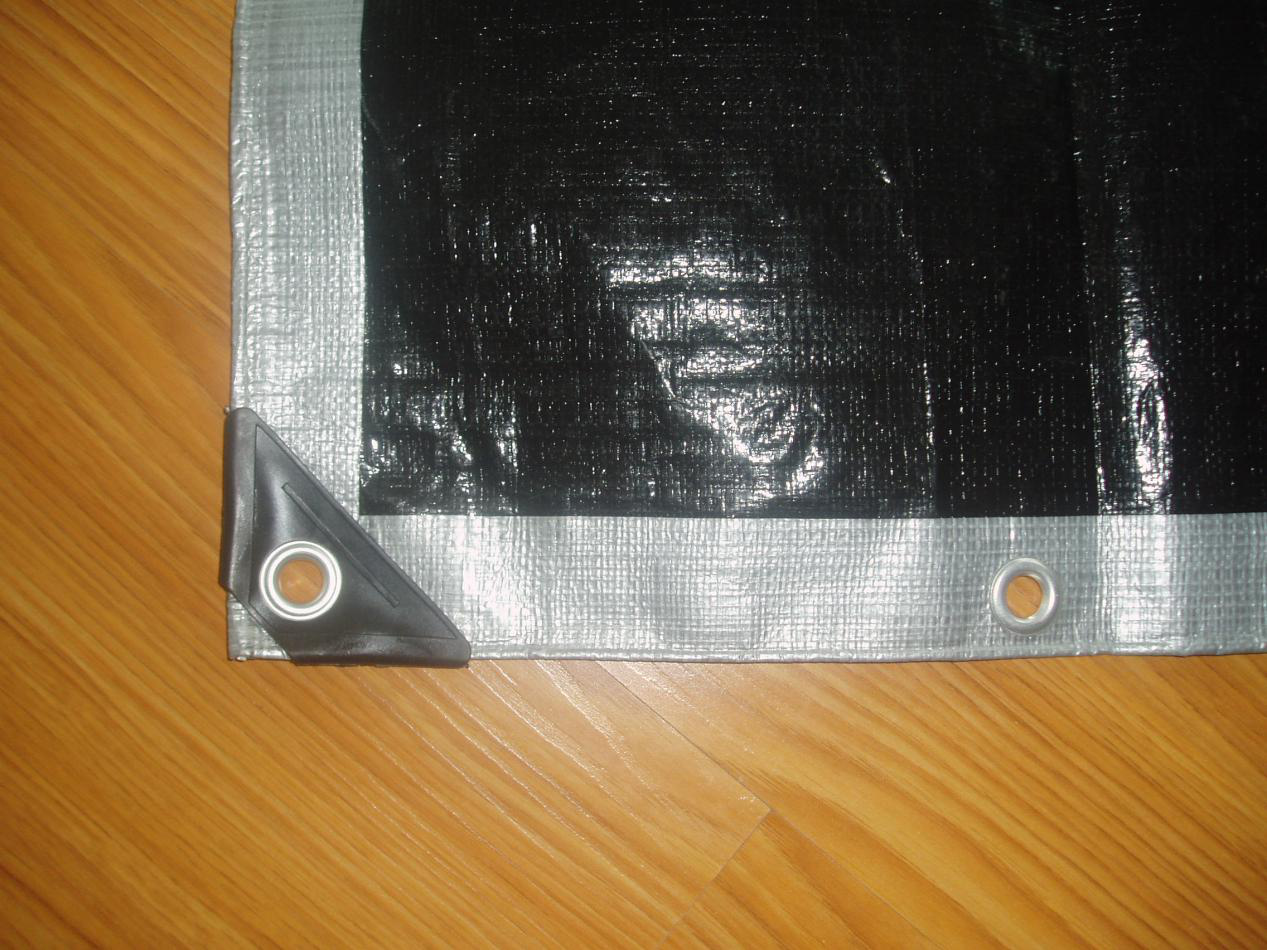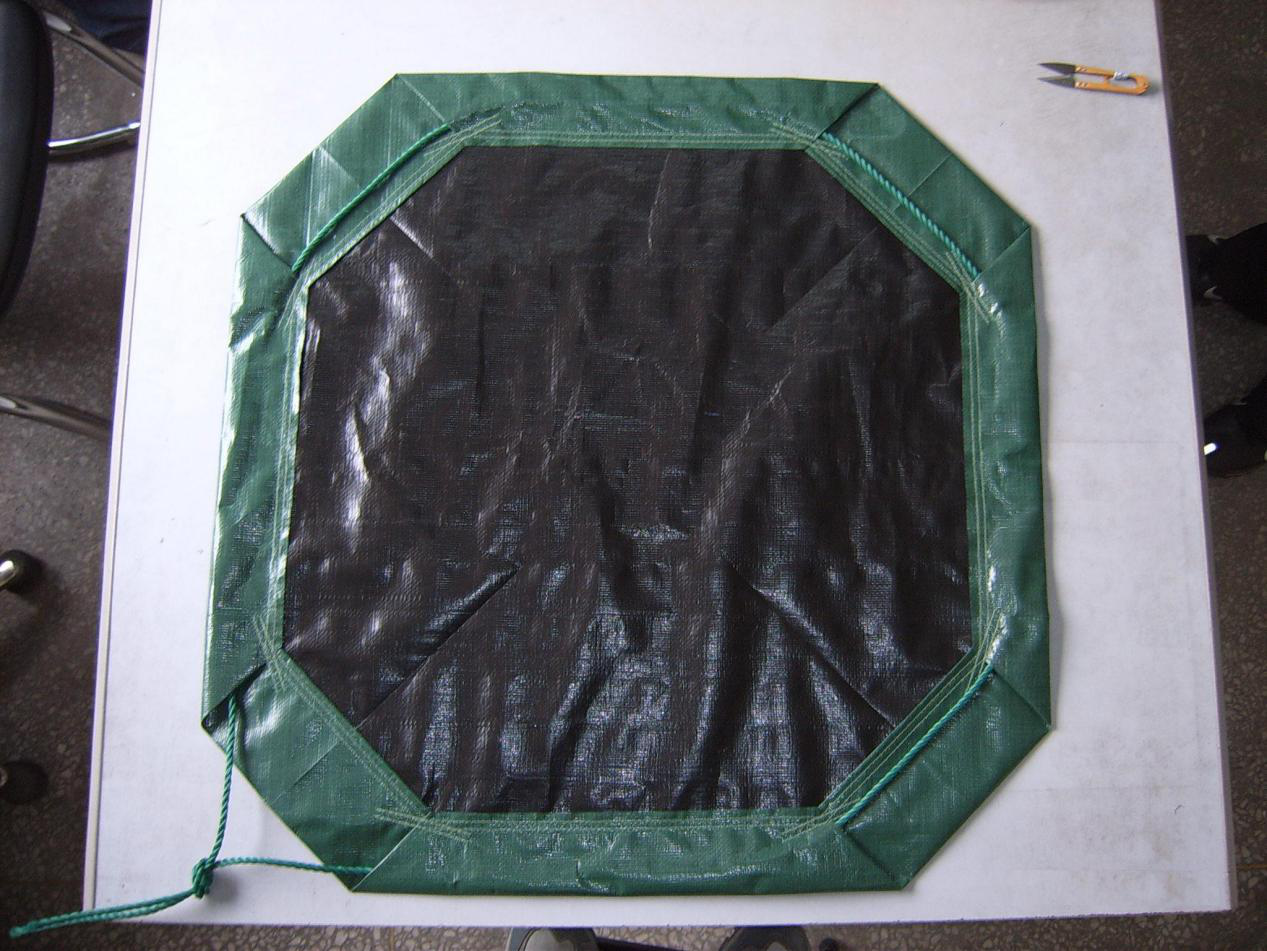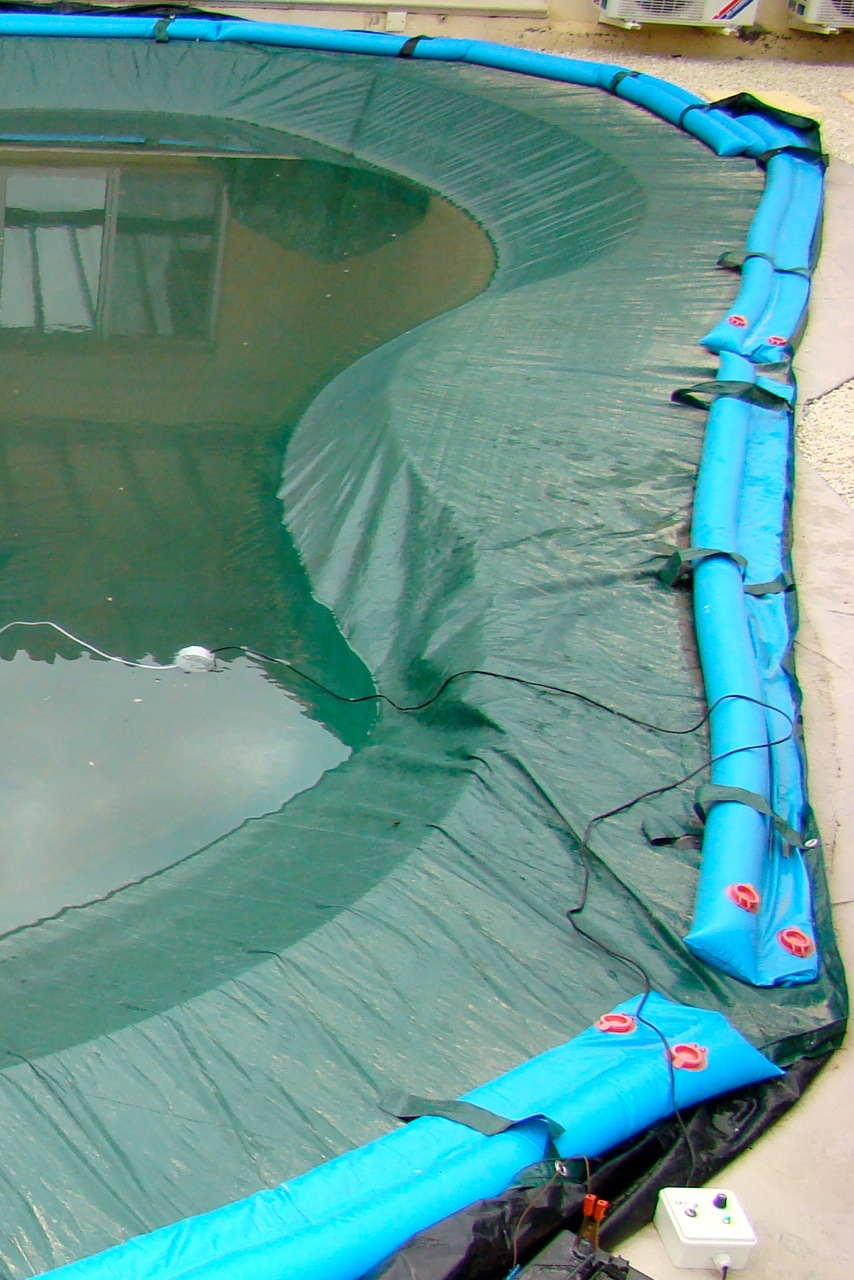The development of the ceramics industry is changing with each passing day, but the operating mode of many companies still sticks to the old methods. Some people in the ceramics industry also pointed out that at present, the business model of the ceramics industry has shown signs of fatigue, and some new products and new methods are in urgent need of new marketing models to reflect the maximization of the value of their products. Therefore, we can see that the leading companies in the industry have realized the importance of the problem and started to upgrade channel construction through their own initiative. The process of upgrading and transforming the business model is often very painful. However, if it does not advance, it will retreat. If it is not strong, then the ceramic enterprises should take the initiative and take a step forward to occupy the favorable position of the market and survive the waves.
Looking at the history of the development of China's ceramic industry, the real market budding of the domestic ceramic industry probably began in the middle and late 1990s. The peak period of development should be from the late 1990s to the middle of the 21st century. Accompanied by the development of the entire ceramic industry, ceramic sales channels are changing. From the perspective of the development history of the industry sales channels, the sanitary ware industry has experienced the development stages of factory direct sales, product wholesale, distributor operations, regional operations, brand sales agency, and franchise operations. No matter which business model, the manufacturer and the channel provider There are both interests and contradictions, but no one can do without.
The traditional factory direct sales model factory outlet center is a product of production development and abundant market products. With the emergence of the buyer's market, the production enterprises can not meet the production needs through the distribution of merchandise, sales agency sales, and their own affiliated supply and marketing systems. In particular, a large amount of backlogs of inventory goods need to find their way out. Under such circumstances, some real estate developers have built a contiguous independent store with a certain scale and are easily accessible between the city and the city, and use the rental form for manufacturers to directly sell goods. This type of business community formed by the direct operation of manufacturers is called Factory outlct center, translated into a factory outlet center or a factory salesroom center.
However, in China, especially in the ceramics industry, in order to open the market, manufacturers initially set up a store in the local market and directly sell their own products. With a certain degree of business, they will slowly develop to other places directly. There is a distribution shop there, but this mode of operation will only increase the pressure and cost of the manufacturers. The more the store is opened, the more costs and expenses will be. If there is poor management, manufacturers cannot support it directly. However, there are certain advantages, that is, manufacturers directly control the profit space. The reporter learned from a number of sanitary companies that many ceramic companies first started to take this business model. It can be said that the accumulation of the original capital, the development of the enterprise to a certain extent, there will inevitably be new sales model.
The history of the development of business models The wholesale business model is generally agents in the early stage in order to do business, sell products in bulk, get the funds back. However, this business model has a small profit margin, low cost, and does not require much after-sales service. However, this model is only limited to the quantification of products, does not require much investment in costs, and the added value of the brand is not high. Of course, this is also the easiest way to make money. However, this kind of quantified business model has developed to a certain degree and a new business model will inevitably emerge. Therefore, there has been a general agent and district-based business model.
The so-called general agent and district-based business model can be understood as dealers are divided by region, such as the provincial general agent, or a certain number of areas added to the general agent. Then expand the business channels to the following prefecture-level cities and counties. However, due to profit considerations, manufacturers often develop the business model to a certain extent and cancel the business model of this general agent, which has evolved into a more common brand monopoly agency business model. This model is a normal mode of deposit for manufacturers or merchants. Although the mode of investment in monopoly sales is much larger than that of general agents, it is easy to manage. Manufacturers generally choose this model. Cooperation model, for the business, profit is the primary issue, opening the door is to do business. As long as the dealer can make money, the manufacturers are willing to invest.
When reporters were investigating in the producing areas, many manufacturers started cancelling the business model of the general agent and gradually established the format of the stores. Many manufacturers have told reporters that now are taking the form of more stores, although the form of general agent still, but less, now go to the brand's route, do not take the form of the store is not, but take the brand The investment in the route is very large, and the benefits are not reflected in it. It is like playing long-term battles. Store routes not only sell their own brand, but also reflect the image, including a series of products, supporting products must be complete, in addition, after-sales service also have to keep up. Otherwise, it can only be counterproductive.
Diversified business model With the continuous development of social economy, the economic structure of the society has undergone earth-shaking changes, and various business models have been trying to change. Especially in the fierce competition, many manufacturers or businesses are Began to change his business model, including the existing store form, and then join the franchisee or a variety of business models coexist.
For manufacturers, selling only their own products is certainly best, but for dealers, opening the door to do business is to make money. Therefore, many dealers have begun to take a diversified marketing route. Compared with the franchise model, diversified operations enrich the types of sanitary products and people's reference, and can provide consumers with more comprehensive services, so that when the bathroom of consumers is renovated, More worry, time, and effort. By integrating a variety of sanitary products and adopting a diversified business model, it not only increases the profit margin of sanitary ware dealers, but also meets more demands of consumers. This will surely become the mainstream business model and the main development direction of the future market. However, there are many problems and risks in this business model. Different consumers have different requirements for sanitary products.
For example, in the low-end and middle-end markets, the consumer groups are mostly wage earners. When they choose products, they hope that the sanitary ware stores can provide one-stop services. It is best to buy all needed products at once. It saves time, effort, and effort. It may also bring more benefits to consumers. Therefore, when they have a certain strength, the low-end sanitary ware stores adopt a diversified business model, which can attract more consumers' attention. This is the trend of the sanitary ware market. In the first-line market, high-end consumer groups pay attention to the pursuit of quality of life, they do not care about the price of the product, but more emphasis on the profound culture and style characteristics embodied in bathroom products, which is the high-end bathroom products Added value. Therefore, it is very important for dealers to look for market positioning.
A dealer from Guizhou told the reporter that he himself is doing the lighting industry. This time he visited the city of Chaozhou and wanted to represent a sanitary brand and wants to expand his business scope so that consumers can buy lighting or bathroom products. There can be more choices. Different products selected in the same store can be matched to make the entire bathroom space look very comfortable and can also achieve the purpose of purchase.
It is a long process for sanitary ware shops to shift from franchising to diversification. As the product variety increases, it will inevitably increase operating costs. For example, new hires, expansion of storefronts, and increase of after-sales service projects will require more investment, if there is no strong capital. Support, it is difficult to operate normally, let alone provide customers with quality products and perfect services.
Nowadays, consumers are paying great attention to the coordination of the overall style of the bathroom space. Therefore, the diversified development route of the sanitary ware dealer must realize that it is impossible to simply put together and superimpose various sanitary products. In terms of market conditions, most of the sanitary ware products sold in the so-called sanitary ware stores in the previous period are mostly different brands. Because the manufacturers are different and their product styles are different, it is difficult to meet the unified market demands of modern consumers. But now, more and more companies in the bathroom industry will work hard to achieve a better brand effect. All products will be matched. This will increase the matching of the overall bathroom and the style of the product will increase. Unite together.
The B2C model under e-commerce in 2010 was a year in which China’s B2C (English Business-to-Consumer abbreviation, which is commonly referred to as commercial retailing, and companies directly selling products and services to consumers) has evolved from vertical to synthetic. From the line to the line, from the virtual to the entity, and from the light to the heavy, it seems to be becoming a trend. Taobao Mall, Vanke Eslite, Jingdong Mall, Dangdang.com and other B2C e-commerce platforms have become the focus of many Internet users to talk about. Well-known brands and stores in various industries have increased investment in e-commerce platforms, or opened in large-scale B2C e-commerce platforms. Brand direct flagship store. Netizens are excited because they can use the Internet more confidently and can buy the brands they want at a lower price. Enterprises are excited because their long-awaited channels have been flattened and faced by end consumers. Products have more price advantage. B2C is gradually becoming the main theme of e-commerce.
This new network marketing model has begun to run in the ceramic industry, and for sanitary companies or distributors, like other consumer products, open their own stores on the Internet, combined with the store to achieve online and The combination of offline and fast can open the brand's influence in the terminal. As can be seen from Taobao, the first-line brands such as Kohler, TOTO, Wrigley, Jiumu, Lejia, Dongpeng, etc. can all be found on the mall, while the brands of the second and third lines are relatively rare in the brand search section. Compared to household appliances, furniture and other hundreds of brands in Taobao Mall opened directly operated stores, although the ceramic bathroom brand is relatively small, but the well-known brands to create a precedent, or will lead to a follow-up trend in the industry. According to a sales manager of a ceramics factory, “We have an online shop on Taobao, which focuses on retail sales, business is OK, and we can do more than 100,000 bills a year. But this kind of shop must have someone In tracking and maintenance, it can show its benefits, otherwise, it would be useless to open more online stores.†The only bathroom, Sultan Xiao Su, said at the investment conference that “the only bathroom is under strict cost control and operational support. , Franchisees do not need to open luxury stores, into high-end stores, start-up capital is several times lower than traditional agents, but also can apply for financial support plans at the headquarters, almost zero-cost entrepreneurial business. Franchising cooperation, through the standardization of business schools, fully realizes standardized community promotion and standardization of regional business management, and promotes offline marketing with experience centers and channel promotion. Informative order management and logistics support system allows businesses to operate easily and easily. 100 square meters of shops can be used to network the city's big business "
In fact, the development of network marketing to today, have to admit that it's rapid development, many successful cases illustrate the development trend of online marketing will become. At present, the scale of online shopping transactions in China has accounted for 1.98% of the total retail sales of social consumer goods. Some experts predict that it will reach 5% within five years. The network consumer market has great potential, and network marketing has become a new battlefield for ceramic sanitary enterprises. At present, the application of network marketing in ceramic sanitary ware companies is still relatively small, mainly due to the limitations of existing channel protection, logistics, and after-sales services. With the continuous development of the industry, the traditional channel model will gradually withdraw from the historical stage, and the B2C e-commerce channel will become the mainstream.
We are very professional PE Tarpaulin manufacture since 1998. We can produce all the colors in tarpaulin line, such as blue, green, olive green, black, brown, orange, silver, camouflage, red, yellow, white, etc. Black PE Tarpaulin is one best selling item. As to the plastic tarpaulin have the features of tear-proof, water-proof, washable, anti-rot and UV-stabilized, so most of tarp sheet are used for covering, such as storage cover, utility cover, construction cover, outdoor and home covers, refugee tent, agricultural cover, temporary warehouse, canopy, irrigation dams, scaffolding covers, etc. Some customers even make one side black color, the other side different color for special usage, such as swimming pool.
Both of ready made sheet and in roll black PE tarp can be produced. Ready made sheet means the tarp sheet with reinforced pp rope inside four edges and aluminium eyelet every 3 feet or every 1 meter. In Roll Tarp means the Tarpaulin Fabric roll in the paper core directly
-



- Our black PE tarpaulin is usually with good quality, reasonable price and high quality service. The payment term is discussible. The delivery time can be guaranteed. if you have demand, welcome to contact us, we will always be there to support you
Black PE Tarpaulin
Black PE Tarpaulin,Black Plastic Cover PE Tarpaulin,High Strength Black PE Tarp,Plastic Sheet Black Poly Tarp
HEBEI OHONG PLASTIC CO. LTD. , http://www.tarpaulin-factory.com